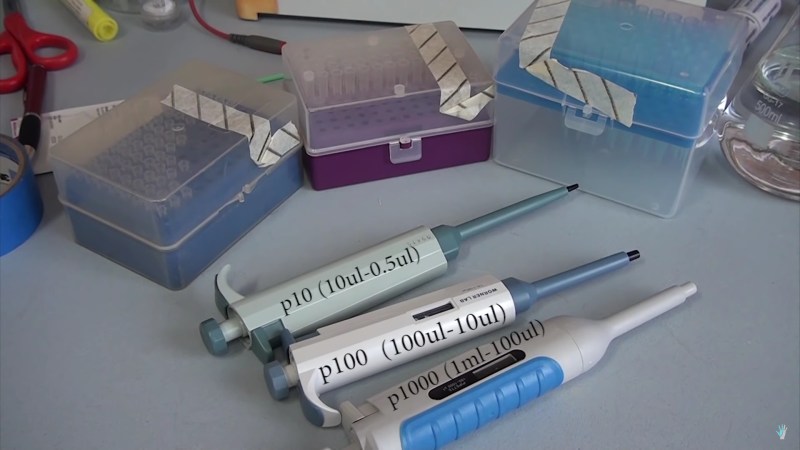We hope you have been good this year because we have a list to start your own biology lab and not everything will fit into Santa’s bag (of holding). If you need some last minute goodie points, Santa loves open-source and people who share on our tip line. Our friends at [The Thought Emporium] have compiled a list of the necessary equipment for a biology lab. Chemistry labs-in-a-box have been the inspiration for many young chemists, but there are remarkable differences between a chemistry lab and a biology lab which are explained in the Youtube video linked above and embedded after the break.
If you are preparing to start a laboratory or wondering what to add to your fledging lab, this video is perfect. It comes from the perspective of a hacker not afraid to make tools like his heat block and incubator which should absolutely be built rather than purchased but certain things, like a centrifuge, should be purchased when the lab is mature. In the middle we have the autoclave where a used pressure cooker may do the trick or you may need a full-blown commercial model with lots of space and a high-pressure range.
Maybe this will take some of the mystique out of starting your own lab and help you understand what is happening with a gel dock or why a spectrophotometer is the bee’s knees. There are a handful of other tools not mentioned here so if this is resonating, it will be worth a watch.

















Cool, just my kind of thing, should see my electronics stash soon to be exceeded by my biology stash with a 130K rpm centrifuge already though could do with another rotor and top half vacuum chamber. Nice post interested in comments too, thanks :-)
Wonderful idea to mess around with potentially ecosystem-endangering substances and viruses in your kitchen.
Calm down chicken little.
Unless you’re out hunting for plague fleas or hands foot and mouth infected livestock you’re not going to find anything more dangerous than what’s already on your toilet or kitchen counter. Even with gene transfer you’re not gonna come across resistances that don’t already exist.
In either case the proper way to deal with biohazards aren’t difficult. 30 min in the autoclave or 20 min in bleach kills everything.
*foot & mouth disease
Technically environmental isolates are BSL2, there are tons of commensal bacteria that are symbiotic or healthy relationships, but can quickly turn infectious given the right conditions and abundance.
Typical pond water has about 200 million bacteriophages per mL. Our environment is stuffed with viruses in every nook in cranny, and usually we don’t care because they don’t interact with us.